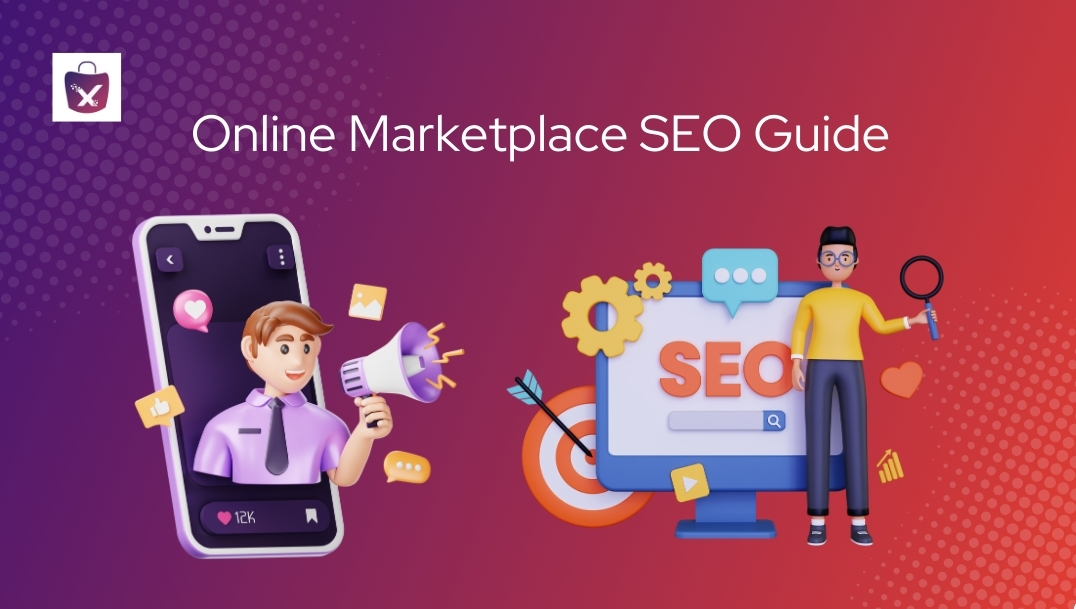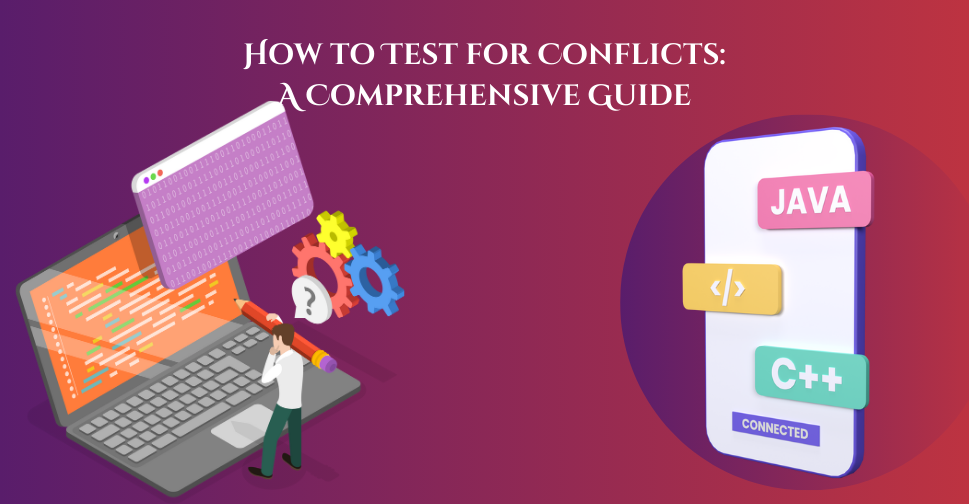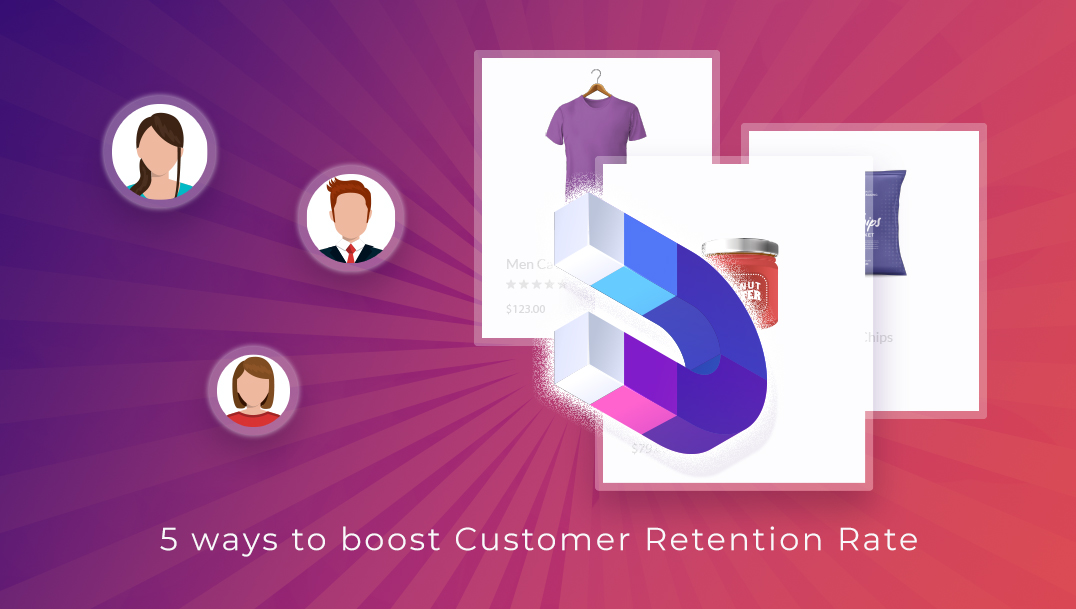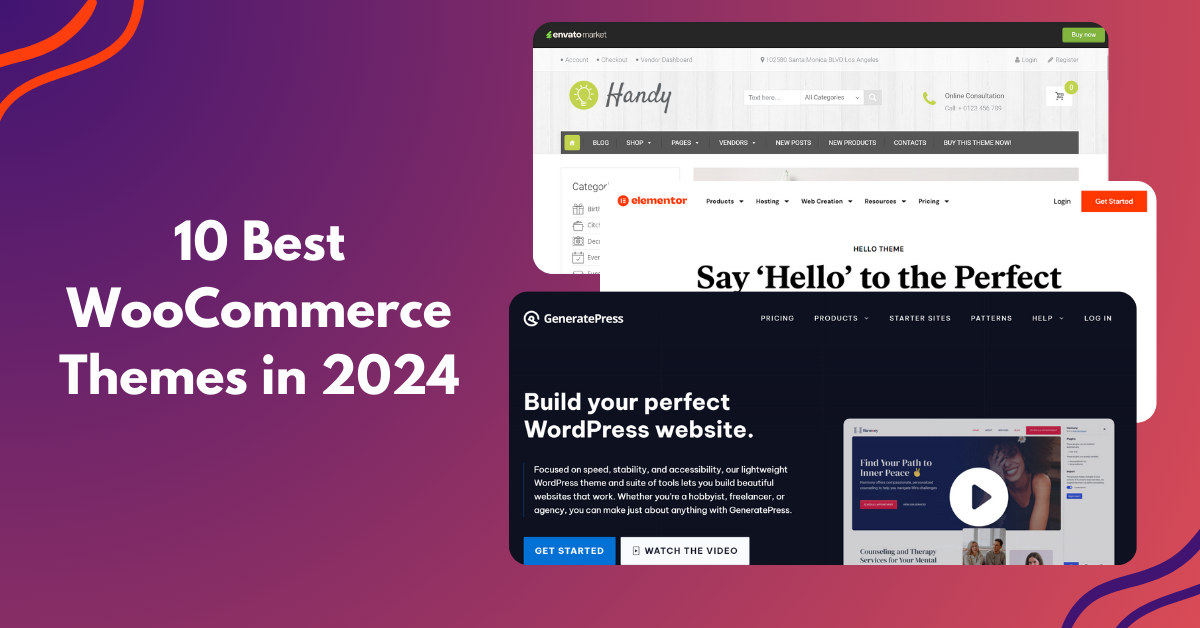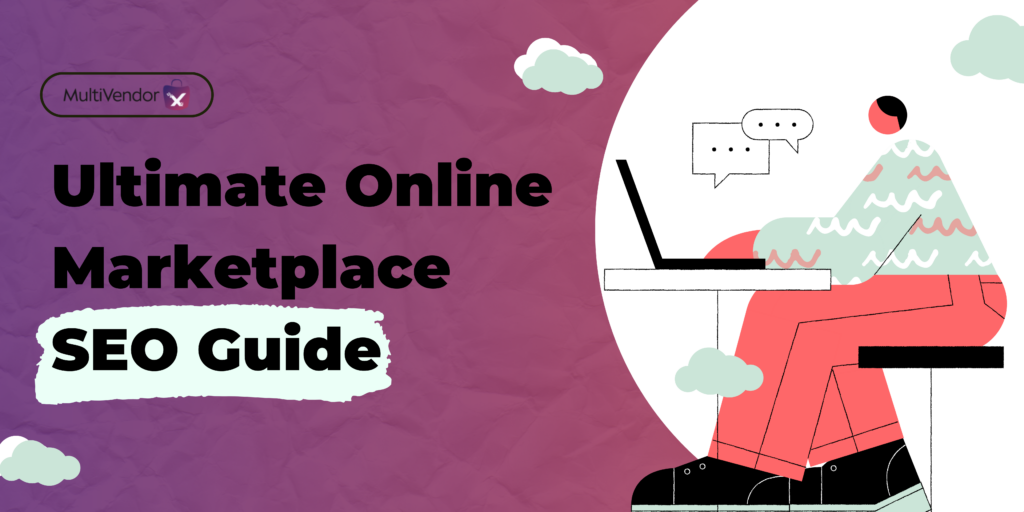
What Is Marketplace SEO:
Marketplace SEO(Marketplace Search Engine Optimization) is the process of optimizing online marketplaces, like Etsy, Amazon, and eBay, for both buyers and sellers on search engines like Google to increase the visibility of a marketplace in search results, which can lead to more traffic, more buyers and sellers, and ultimately, more revenue.
Despite search engine optimization having the highest ROI for any eCommerce marketing campaign, most online stores still turn a blind eye to SEO’s ability to drive traffic, generate leads, and make sales.
But remember. SEO is not an overnight venture. It requires your genuine efforts and time. But once you rank, your revenue will improve drastically without spending a penny.
Free, recurring, and highly-convertible traffic, that’s what you get with doing continuous SEO.
And, that’s why we thought we will create a mini step-by-step tutorial for you to learn how to do SEO for your online marketplace. So, without wasting any time, let’s get on with it:-
Step 1: Ecommerce Keyword Research
Keyword research plays an indispensable role when it comes to creating an eCommerce SEO campaign. If you go wrong with your keyword research, you’ll find yourself in one of these two scenarios:-
- You’ve picked keywords that are too difficult to rank, and you won’t be able to make it to the top positions of search engines such as Google and Bing. And you get demotivated.
- You rank for keywords that are irrelevant or receive less traffic; therefore, you aren’t making any sales. And you get frustrated.
Either of these situations is problematic, thus why keyword research is imperative for your online marketplace. Now, how to find the right keywords? There are a myriad of ways to do it and we don’t want you to get lost in the rabbit hole. So here are three practical ways:-
Method 1: Amazon
Amazon is a gold mine of high-intent eCommerce keywords. People search on Amazon to buy something. To find the keywords, just type your seed keyword in the search box of Amazon, such as “Headphones” then, Amazon comes up with suggestions like “Headphones sony,” Headphones under 3000″ all these are keywords you must target if you are selling headphones.
But, as we know, there are thousands of products, which could take a lot of time. Don’t you worry, as luckily we have Amazon Keyword Tool, which scrapes Amazon’s autofill suggestions automatically.
We just can’t blindly use these keywords, understand the search volume, buyer intent, and difficulty to rank, before you start targeting these.
Method 2: Competitive Research
If you’ve market rivals that are ranking higher than you in SERPs of Google, then you can analyze their site to steal their keyword ideas.
First, search the keyword on Google, then choose a competitor and scan their categories and product pages for potential keywords. Don’t blindly target the same keywords because they are ranking higher than you, as they could just have a higher domain authority than you. You can also use different tools like Ubersuggest to get this information quickly.
Method 3: Tools
Tools like Ahrefs are effective and convenient in finding the right keyword opportunities. You also try this tool for competitive research, building backlinks, and more.
Step 2: E-commerce Site Structure
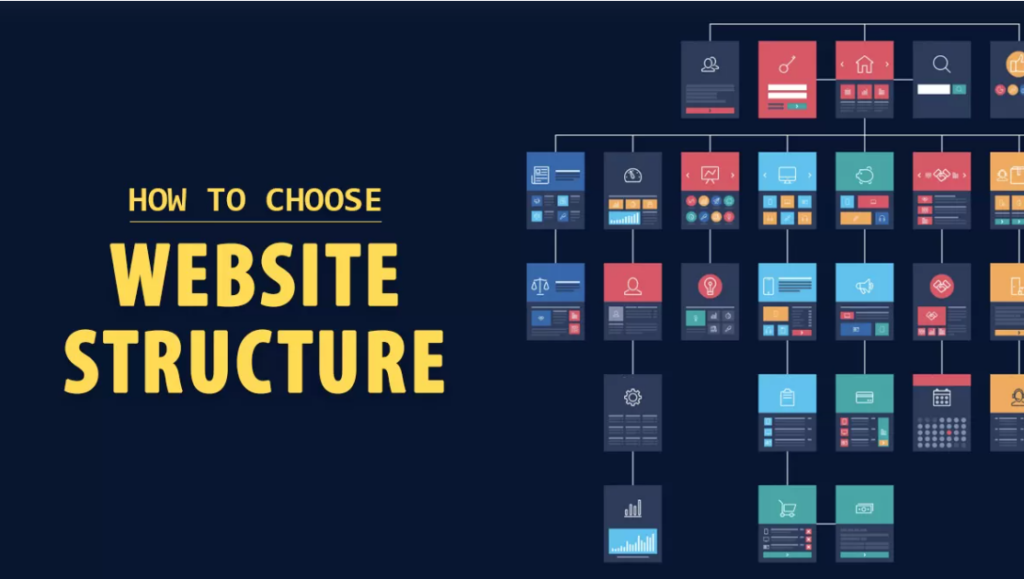
Source: pagetraffic.com
Once you’ve narrowed down on a list of keywords relevant to the products/services you are selling, the next step is to put them into action.
The e-commerce site structure or architecture is how you set up navigation, category, or product web pages. It is about presenting the most relevant and valuable content to your prospective users and significantly reducing the number of clicks you’ve made to find it.
The essential golden rules of site structure are as follows:-
- Make it user-friendly.
- As a rule of thumb, it should not take more than three clicks to reach out to any other web page.
- Make use of the relevant keywords to create highly relevant web pages.
Internal linking (with other related pages) and proper navigation ensure that the pages get the most authority of your store’s home page, thus have the best chance of ranking higher for SERPs.
A Pro Tip: Have a related product section on each product page, as this will add more relevant internal linking and may increase the average order value.
Whether you’re building your eCommerce site from scratch or struggling to make any sales with your present one, MultiVendorX could be the way out.
It is a FREE WordPress plugin built on WooCommerce that lets you build an online multivendor store with proper navigation and a user-friendly structure.
To create an eCommerce multivendor site using this plugin is easy-peasy, even a non-technical guy with zero programming knowledge can do it. Over 6000+online multi-vendor stores have been built using this 5 star rated WordPress plugin.
Salient Highlights of MultiVendorX
MultiVendorXCommission Module lets you build online marketplaces with multiple vendors and sellers’ aggregation, while efficiently implementing different commission levels.
MultiVendorX Vendor Registration allows vendors to connect with you via the registration form. You can either manually approve them or enable auto-approval.
MultiVendorX Vendor Dashboard features to provide each vendor with a dedicated vendor for effectively managing orders and users while tracking their sales and growth trends.
For more information, visit the website MultiVendorX
Step 3: On-Page SEO Strategy
One of the most important aspects of on-page SEO for an e-commerce website is ensuring all the keywords at the right places throughout the product and category pages. Make sure Google knows what exactly each page in your online marketplace is about so that the search engine can rank your site for relevant one-word keywords and phrases.
Category pages are the most important to rank. If someone finds it over Google, they’ll have access to thousands of products immediately, and the chances of conversion become quite high. To properly optimize these category pages, embed the keywords in the following places:-
- In the URL
- In the Title Tag
- In the Body Content
- In Image Alt Tags
- In the Meta Data
Step 4: Link Building

Thanks to AI tools like ChatGPT, businesses can now create high-quality content without breaking the bank. But here’s the challenge: When every website boasts excellent content, how do you make yours stand out?
The key is to focus on link-building, which is expected to become an even more significant ranking factor. In 2024, two effective link-building strategies are niche edits and guest posting.
Niche edits involve adding your backlink to an existing piece of content on another website. This approach is valuable because it places your link in content that is already relevant and ranking, thereby enhancing its usefulness.
On the other hand, guest posting involves writing content for another website within your industry, which in turn provides a backlink to your own site.
Step 5: Local SEO
This step does not apply to everyone, but if you have a local marketplace and want to target a specific geographic location, then local search engine optimization can give you a nice boost. In local SEO, we’ve to do these three things:
Claiming your Google my business profile
Google My Business lets you put all your business’s details into the ‘database of Google’. It shows up your business in local search results. You can display your website information, reviews, pictures, physical address (if any), hours of operation, and more. However, if you want to show up on local results, then building local citations is essential.
Building local citations
These are backlinks from other local websites such as press releases, news outlets, magazines, and other local media. Citations are vital as it shows Google that you are prevalent in your area. Just like backlinks help in SEO, local citation backlinks help in local SEO. This also works with international SEO; if your site domain is in the US, and you want to rank in Australia, you can get links from Australian sites.
Get local links
Good quality local links improve the overall domain authority and help boost rankings: these may include charity support, locally-based blogs, local associations, and more.
So Ready to get started on SEO?
So, we reached the end of the article. There are numerous ways to drive highly-convertible traffic to your online store via email, social media, paid advertising, but if your marketplace is poorly structured, then you won’t be able to convert any visitor whatsoever. Therefore, your primary focus must be to first build a good eCommerce store using a top-rated tool such as MultiVendorX, a WordPress plugin, to create your marketplace in no time.
Hope to see you on the other side cashing in on your traffic. Happy selling!

